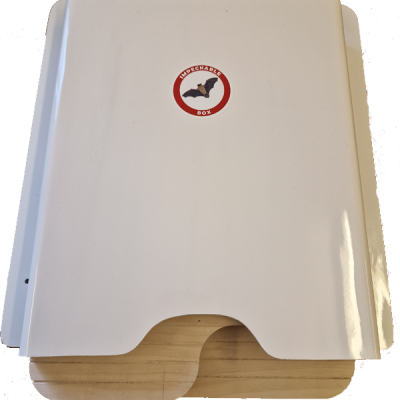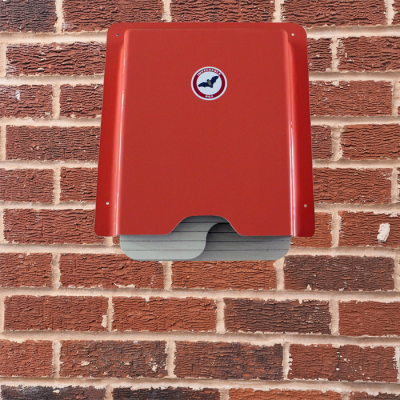Declining bat population.
The decline in bat populations has become a growing concern worldwide due to several factors, many of which are related to human activity. Bats play a crucial role in ecosystems, such as pollinating plants, dispersing seeds, and controlling insect populations, particularly mosquitoes and crop-damaging pests. The decline in their numbers can have cascading effects on these ecosystems.
Here are some of the primary reasons for bat population declines:
1. White-Nose Syndrome (WNS)
This fungal disease, caused by Pseudogymnoascus destructans, has devastated bat populations, especially in North America. It affects hibernating bats, causing them to wake up too early from hibernation, depleting their fat reserves and often leading to death. WNS has killed millions of bats since it was first identified in 2006.
2. Habitat Loss and Fragmentation
Deforestation, urbanization, and agricultural expansion have reduced and fragmented bat habitats. Many bats rely on old trees, caves, and other natural features for roosting, and these are being destroyed or altered, limiting their available safe spaces.
3. Pesticide Use
Pesticides, especially insecticides, can reduce the availability of insects that bats rely on for food. Additionally, bats that consume insects contaminated with pesticides may suffer from poisoning, impacting their health and reproductive success.
4. Wind Turbines
Although wind energy is considered a clean alternative to fossil fuels, bats are at risk of being killed by collisions with wind turbine blades. Some species of bats are particularly vulnerable because they are attracted to wind farms, either for foraging or migrating.
5. Human Disturbance
Bats are sensitive to human disturbance, especially during their hibernation periods or when raising young. Roosts in caves and buildings may be disturbed by recreational activities like caving or tourism, causing stress and potential abandonment of critical habitats.
6. Invasive Species
Invasive species, such as certain types of birds or mammals, can compete with bats for roosting sites or prey. Invasive plants can also alter the environment in ways that make it less hospitable for bats.
7. Pollution
Pollution, including light pollution, can disrupt bats' nocturnal behavior and feeding patterns. Artificial lights can attract insects away from natural areas, reducing the food available to bats. Additionally, pollution in the form of chemicals or waste can directly impact bat health and their habitats.
Conservation Efforts:
-
Habitat Restoration and Protection: Efforts are being made to protect critical bat habitats, such as caves, forests, and other roosting sites. Artificial bat houses are sometimes used to provide alternative roosting spots.
-
Research on White-Nose Syndrome: Scientists are working on understanding and combating WNS, including developing treatments for affected bats and efforts to monitor and track its spread.
-
Pesticide Regulation: There is ongoing advocacy for the responsible use of pesticides to protect bats and other beneficial wildlife.
-
Public Awareness: Raising awareness about the importance of bats and the threats they face is essential for garnering support for conservation efforts.







